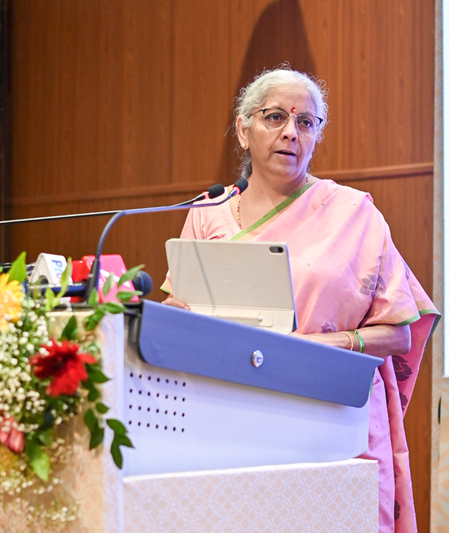
New Delhi, Nov 2 (IANS) Over the last decade, India has witnessed a massive transformation in its technology and industrial sectors, with mobile phones emerging as the driving force behind its electronics boom.
Once known as a major importer of electronic goods, India has now become a global hub for electronics and mobile manufacturing, according to Kuwait Times report.
The growth numbers tell the story. The country’s electronics output has jumped nearly six times — from $21 billion in 2015 to $128 billion in 2025.
This remarkable rise has been powered by strong government support, improved technological capabilities, a skilled workforce, and growing confidence among global investors.
This sector has also created about 2.5 million jobs in the last ten years, becoming a key driver of India’s inclusive economic growth.
Initiatives such as the Production Linked Incentive (PLI) scheme, the National Policy on Electronics (NPE) 2019, and the Electronics Components Manufacturing Scheme (ECMS) have attracted big global players and encouraged domestic innovation.
Mobile phones have played a central role in India’s digital journey. Today, more than 85 per cent of Indian households own a smartphone.
Affordable handsets, cheap internet data, and expanding digital infrastructure have allowed millions to participate in the digital economy.
Platforms like UPI, DigiLocker, and Aadhaar-enabled services have made digital access easier even in remote areas.
In villages, farmers now use smartphones for weather forecasts and market prices, while city users benefit from e-commerce and startups.
India’s mobile manufacturing story is particularly impressive. The country’s mobile production value has surged from $2 billion in 2014–15 to $62 billion in 2024–25, making India the world’s second-largest mobile manufacturer.
The manufacturing base has grown from just two factories in 2014 to more than 300 today, producing around 330 million devices every year, as per the report.
Exports have seen an equally dramatic rise. Mobile phone exports increased 127 times — from $171 million in 2014–15 to $22 billion in 2024–25.
Apple alone accounted for nearly half of this with iPhone exports worth $12.8 billion — highlighting India’s growing global competitiveness, the report said.
The electronics export sector overall has grown from $4.3 billion in 2014–15 to $37 billion in 2024–25, becoming India’s third-largest export category.
India has now achieved near self-reliance in mobile production and even became the top smartphone exporter to the United States in the second quarter of FY 2025–26.
Government policies have been crucial in this journey. Programmes like PLI, SPECS, and ECMS have boosted domestic manufacturing, reduced dependence on imports, and encouraged semiconductor and component production.
The National Policy on Electronics 2019 has also promoted design-led innovation and high-value manufacturing, securing India’s long-term competitiveness.
The “Made in India” brand is now gaining global recognition in countries such as the US, UAE, Netherlands, UK, and Italy.
Global giants like Apple, Samsung, and Foxconn have expanded their production facilities in India, leading to more jobs, technology transfer, and ecosystem development, the report said.
This electronics and mobile revolution perfectly aligns with India’s vision of ‘Atmanirbhar Bharat’ (self-reliant India) and ‘Viksit Bharat’ (developed India by 2047).
It showcases how India is reducing its import dependence, creating jobs, expanding exports, and becoming a hub of innovation.
Supported by flagship programmes like Digital India and Make in India, the journey from being an importer to an exporter of billions of dollars’ worth of mobile phones reflects India’s growing confidence and capability.
Looking ahead, the country aims to build a $500 billion electronics manufacturing ecosystem by 2030–31, the report added.
–IANS
pk




